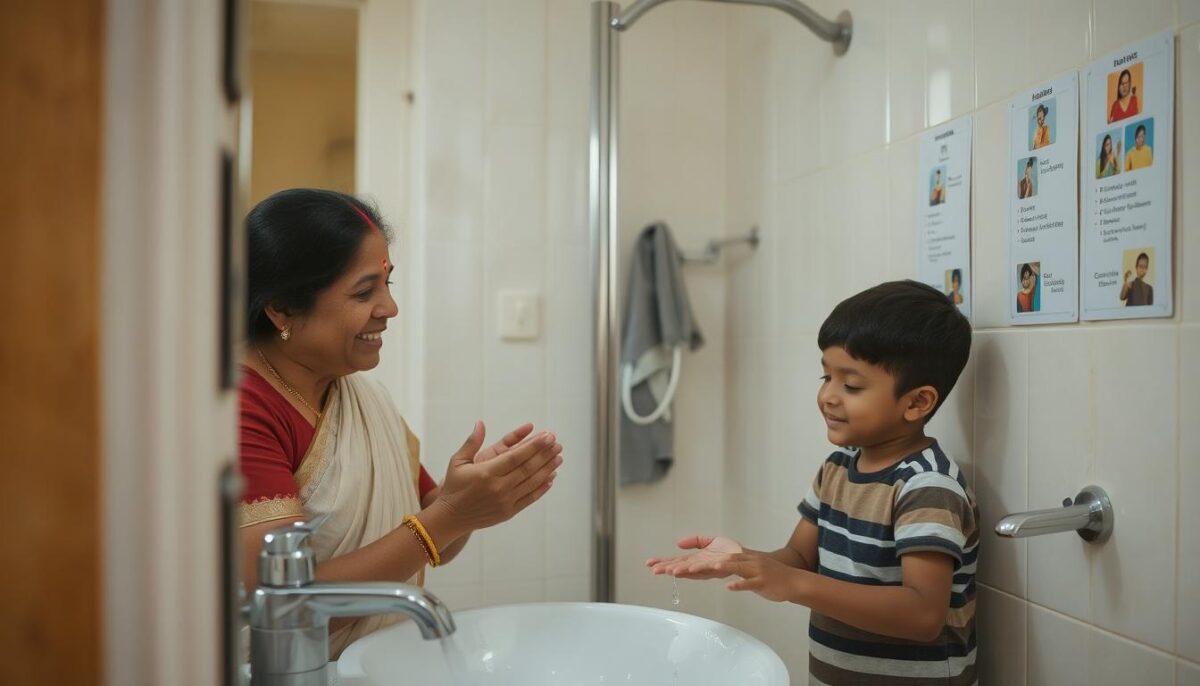Sleep and feeding challenges in children with autism are not just daily inconveniences. They are some of the most emotionally and physically draining struggles a family can face. For many parents, guardians, caregivers, and therapists, the day does not feel difficult during therapies or school hours; it feels difficult at bedtime and around the dining table.
What appears to be refusal, stubbornness, or “selective habits” is often the child’s nervous system trying to cope with overload. Chronic night waking, sensory-triggered food aversions, extreme picky eating, and difficulty winding down are rooted not in behaviour, but in neurology and sensory regulation.
Understanding this shift from “won’t” to “can’t (yet)” is what changes the way families support these needs.
Why Sleep and Feeding Struggles Often Go Together
In children with autism, sleep difficulties rarely begin at bedtime; they begin in the nervous system. Differences in melatonin production, a mismatch in circadian rhythm, and a persistent state of alertness make “switching off” very difficult. The body does not naturally recognise that it is time to rest.
Feeding challenges come from a similar place. Sensory sensitivity makes certain textures, smells, or temperatures feel threatening or overwhelming. This is not “picky eating”, in many cases, it aligns with ARFID (Avoidant Restrictive Food Intake Disorder) or protective avoidance shaped by sensory discomfort.
When a child is under-rested, regulation drops. When their diet is extremely limited, physiological stress increases. One difficulty amplifies the other.
QUICK-READ: What Every Autism Caregiver Should Remember
- These are neurobiological, not behavioural, challenges
- Sensory regulation must come before cooperation
- Predictable routines reduce anxiety around both bedtime and meals
- Pressure increases shutdown; safety increases participation
- Small progress is real progress — comfort always comes first
Supporting Better Sleep in Children with Autism
Children with autism do not always receive the internal cues that signal “time to slow down.” Supporting sleep means supporting the nervous system first.
Helpful strategies include:
- A fixed bedtime routine with stable timing and sequence
- Dim lights in the evening to support the natural melatonin rhythm
- A sensory-friendly sleep space – minimised noise, low clutter, comfortable bedding
- Calming transition rituals (deep-pressure input, warm bath, gentle music, or storytelling)
- Avoiding stimulating demands just before bed
When the environment becomes predictable and sensory-safe, the body learns to rest more easily.
Feeding Challenges: Building Trust Before Intake
For many children with autism, a “new food” is not just unfamiliar, it is unpredictable, which can trigger anxiety or shutdown. Supporting feeding means building safety, not enforcing intake.
Therapy-aligned approaches include:
- Food chaining: gently expanding from familiar foods toward slightly varied versions
- Pressure-free exposure: letting the child tolerate a food visually or through touch first
- Regulation activities before mealtime: heavy work or sensory play to reduce anxiety
- Respecting pacing: the aim is curiosity, not compliance
- Celebrating tolerance and comfort rather than volume
When a child feels safe with food, nutrition gradually improves on its own.
Rested Bodies, Nourished Minds
Progress in sleep and feeding does not come from pushing harder. It comes from helping the child feel safe in their body. When regulation improves, both bedtime and mealtime become easier for everyone. Parents and caregivers are not dealing with a behavioural problem. They are supporting a different neurological wiring that needs patience, structure, and sensory awareness.
With the right strategies and professional guidance, families can move from emotional exhaustion to calmer, steadier routines and a far more peaceful home environment.











